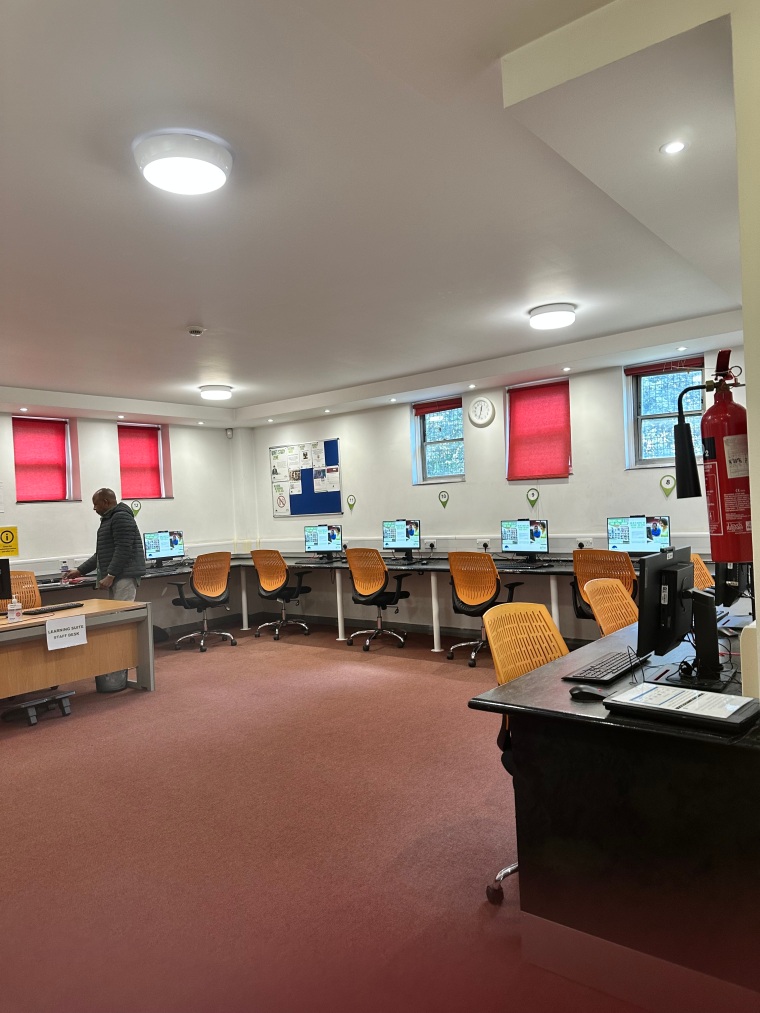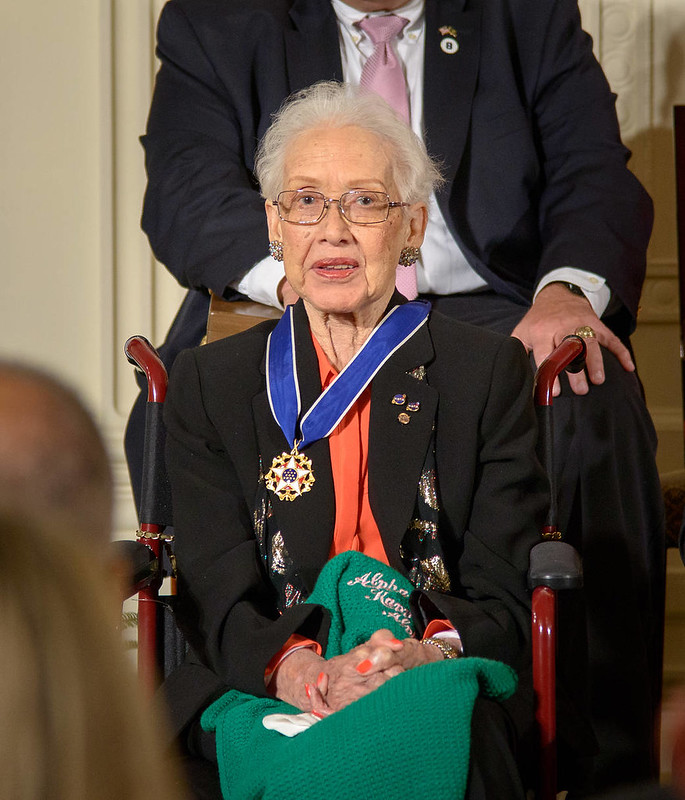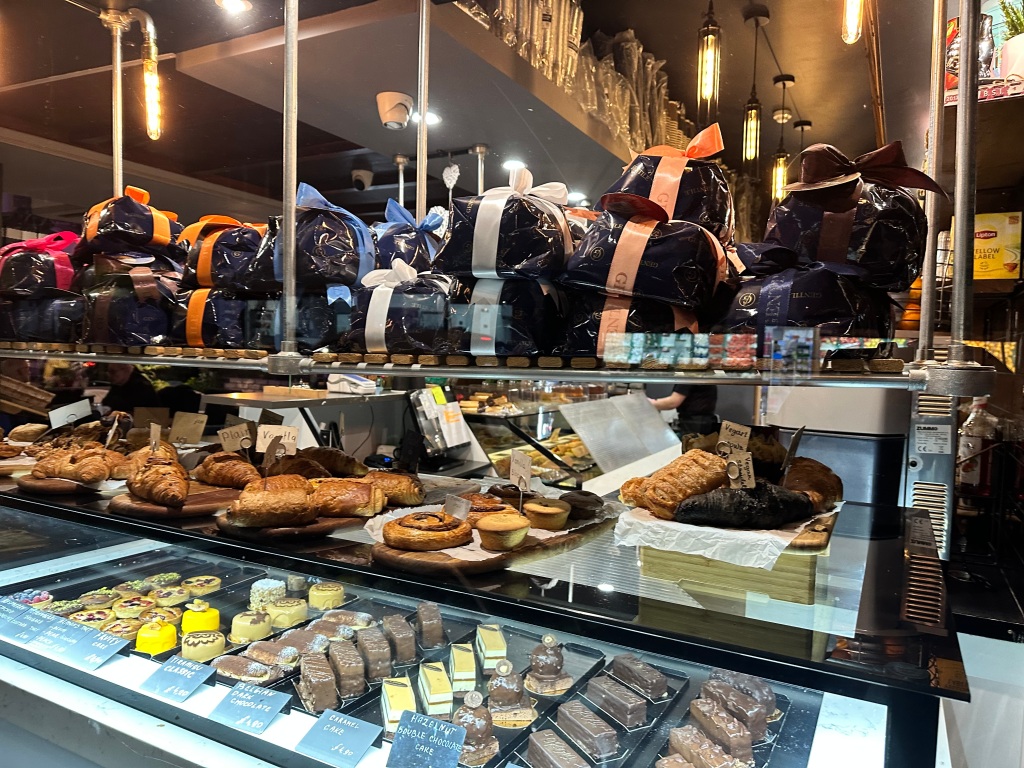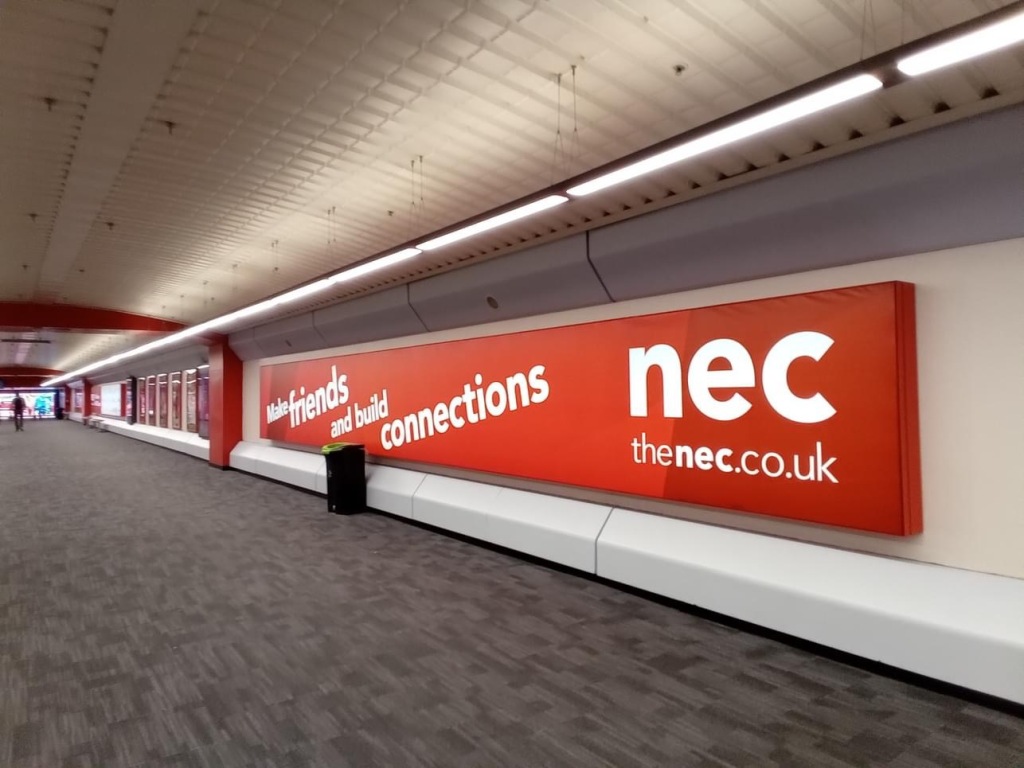Just as the development of the Interstate Highway System led to the creation of McDonald’s hamburgers, Holiday Inn and a thousand other new commercial developments that would have been impossible without the Interstate Highway System, in the same way we will see the emergence of information services on a nationwide basis that will be extremely profitable and nearly ubiquitous. – Al Gore, 1993
It seems only appropriate to recognise how long I have been working in the field of library and information this month as I have a vivid memory of when I started my first ‘proper’ job in the office, library and information centre (whatever you want to call it). I have great memories of a time when life seems a little bit simpler, and I was lucky-go-happy in my outlook to life.
The early 1990s was an interesting time to be an information professional as we were on the cusp of developments in technology but we also have traditional collections which still held books, journals, annual reports, newspapers, places to study, work and access to communal computers. The most interest aspect I still mention to today was that the next-best-things we were expecting were the Internet, World Wide Web and cd-roms. Online searching and database creation were truly skills that were in high demand at the time. Most organisations may have had online databases but they were the dial-up version that requires a modem for connection to a remote database, probably hosted in another country. I still tell library users using online resources that we had an ‘online searching room’, which was quiet for staff to do their searches without distractions.
Looking back now, some of my colleagues did not have a computer on their desk if I recall rightly. I remember I had a computer on a small desk next to my normal office desk, and I enjoyed was getting used to using WordPerfect having used Wordstar at university. Email (just internal messages) was in the infancy, and the library management system (LMS) on DOS called Soutron (who are still around today). Nowadays, when someone tells me some of our current databases are taking long to load, I have to point out that in the past I had to sometimes run reports overnight in one of our databases in the early 1990s. Even simple aspects of company accounts had to ordered from Companies Houses, and you may also recall Excel Cards (for company information), had to couriered to the offices if they were needed urgently. I used to put books on a shuttle bus to get from one building to another too.
I am grateful for the training and ability to use library management systems (LMS) like these which helped me to understand acquisitions, serials (useful for SLA membership information renewals), cataloguing, classifications and metadata, financial management and reporting using for reporting on service levels to my manager. Some of these basic aspects are still very important in my current role such as reviewing KPIs. I am still mentioned the great manager I had who helped me learn the practicalities of running a library and information service, and great for the training I received then. I was asked to participate in the recruitment of staff at an early stage and this exposure has helped me to this stage in my career. I have met some amazing people over these years and it is interesting to see how some are still in the industry, but some are doing things that are very different.
Our challenge is to find ways of using the Internet and World Wide Web as a mechanism for learning for understanding, and as a mechanism for “seeing things,” not just as a highway system for haphazard. – Kimberly Rose, 1995
The sourcing of books was different too as we were frequently sent newspaper articles or journals that mentioned a report or article that we then had to source. Some customers obviously had reading lists, such as the HMSO daily list, which they read and then sent the information to be sourced from our procuring services in the library. There were also several telephone calls that I received daily for customers asking to source information, and to order or borrow publications from the information centre. This still helps in my current role for sourcing information in catalogues, other libraries and from publishers.
The reference desk (Quick Enquiry Desk we called it) in the library was one of the most interesting aspects of the information and research work we did at the time. Having started off in a business information library – we were constantly called for financial information from exchange rates, FT indices, share prices, stock exchange data and other financial queries. We also had queries to use the collection and other electronic database at the time. We even had one computer with a modem to access the internet in the library. I do recall my colleagues going to an internet café after work to check it out!
In the 2000s, the industry was changing rapidly with the internet changing the way information was managed, provided and consumed. There were companies in the Dot.com generation, our information providers also changed. However, there was a movement to ‘get rid of libraries’, especially physical ones. This was the period when the library’s hard copy budgets began to shrink as more content was available online, but the age of formal contracts for eprocurement. I remember working with business analysts to understand our workflow for providing library services from enquiry, research to library materials in hand. In came eBooks used by the Learning and Development team but we also had very expensive business information databases for research. The hardest part was the loss of physical spaces and collection depletion, with the physical library not being as prominent space or a hub as it once was for the organisation.
Although by this time we were having knowledge forum and sharing on collaborative networks such as Lotus Notes, and other communities of practices and forums (I remember reading forums in the 1990s). It was heart-wrenching at one point but also exciting to harness the adoption and development of information technology. If you work in libraries long enough, you get to know the collections and users really well – you can even build communities and break down borders! But it was also the era in the early 2000s where were had a truly professional global community where we can ask for help, enquiries, share information and knowledge more easily due to technological advancements.
It was also an age for Intranet and Portals with my colleagues worked on projects for introducing the intranet and resources management to the organisation. I probably would have participated more on this project work but I was on maternity leave when the work started. Newer roles also developed in the profession with other professionals using ‘Content’ and ‘Web’ in their job titles, but in hindsight it highlighted the skills and specialism that we had in this field. The word ‘metadata’ and taxonomy were also banished about by others on the bandwagon. However, even in my role in 2024 we are still using these word in the last week, and even today for a presentation I hosted on Philatelic collections at the library.
The age of a virtual library eventually became a reality in the mid-2000s and whatever hard copy collection was left ended up being a closet from my perspective! I didn’t actually mind because I was still very strong online providing information services, research and answering reference queries from the small collection, digital content and even the people-to-people contacts for expertise that users were looking for then (I still also do this in my current role).
“Big data is at the foundation of all the megatrends that are happening today, from social to mobile to cloud to gaming.” – Chris Lynch, Vertica Systems
I first heard about blogs in this period and we started to see a great medium for storytelling and showcase expertise in a particular area from a professional capacity to even stories shared by other library and information professionals. Towards the late 2000s, social media was becoming ubiquitous and popular mainstream in most people’s lives. I was happy to see technology that was initial being used in an office environment was now becoming normalises in our relationships and everyday lives. We started using the words digital and data more with ‘Big Data’ being a hot topic brought about with open-source access, data and the development of apps. Throughout this time we continued to use library management systems and databases. There were still human interactions and perhaps more so as we were able to connect with people on digital channels and social media. I started hosting events on professional topics such as Web 2.0, knowledge management, business and other areas of interest, such as those for staff women networks with my colleagues.
“Hiding within those mounds of data is knowledge that could change the life of a patient, or change the world.” – Atul Butte, Stanford School of Medicine
Moving on to the 2010s was interesting as I went through a few months of redundancy. I still recall my now deceased manager trying to convince our decision-makers that we can still play a role in digital literacy, knowledge management, research, evidence-based, training etc. I also researched the role of an information professional at the time for our trade union response to the redundancy proposals. However, there was still no believe in a future for us then from them. In hindsight, it was a challenging time winding down a service that was in existence for a long time …but it meant I had a new start. I could have changed my direction and profession then but I was determined to see it through as I believed in what we can do then – and more so now and in the future. Take that!

There last 12 years at the British Library has been a time for belonging in the profession. I still get inspired by the collection, our users, our stories, events and being in such a great library. I am still learning something everyday, such as today whilst hosting the Philatelic Collection talk for SLA Europe. I also have a natural enthusiasm for the profession, for people who use and work in libraries having had several changes in the last 30 years. I think I use all the skills acquired over this time from acquisition, cataloguing, research, knowledge sharing, marketing etc. Not forgetting planning, strategic development, management of library and information services.
Obviously, in this time I have grown as a person, especially with my volunteering roles in my community, as well as for my profession. I never anticipated being SLA President in 2023 way back in the late 1990s. However, every day I learn and love to contribute to my profession and the development of others – and this is what I mentioned only a couple of hours ago to the Executive Director and Presidents of SLA.
“Information is the oil of the 21st century, and analytics is the combustion engine.”
– Peter Sondergaard, Gartner Research
There are many memories of this time, the changes, places where I have worked and some of my colleagues are my dear friends. I am not going to give up now but I will look to the future with this enthusiasm and relish on whatever the future holds. I am not going anywhere or changing my course.
































































































































































































































































